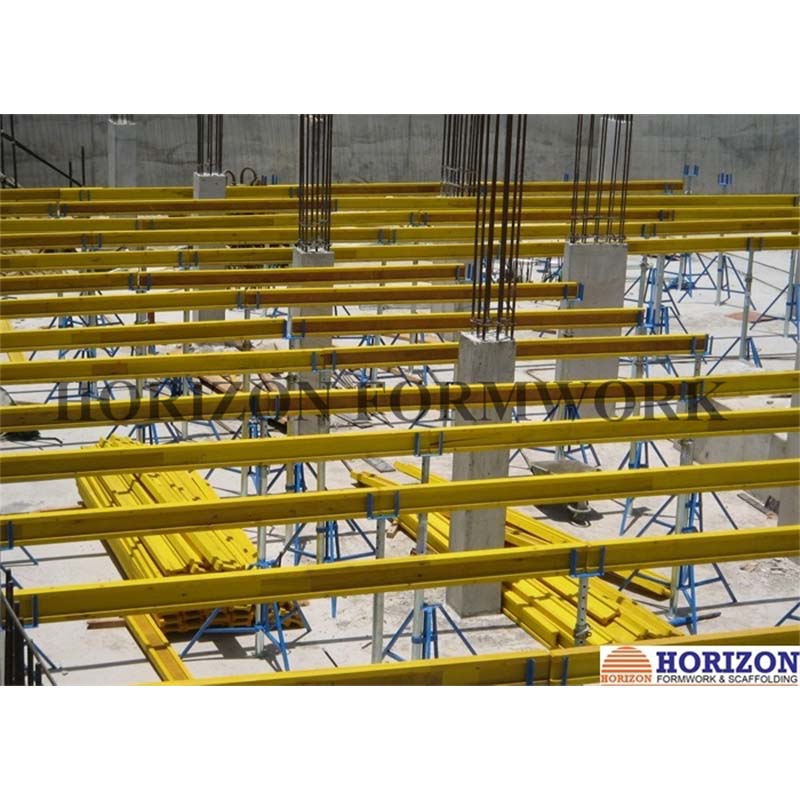Nov . 09, 2024 20:15 Back to list
Suppliers for Concrete Formwork Solutions and Innovative Construction Techniques
Formwork for Concrete Suppliers An Essential Component in Construction
In the world of construction, formwork is an indispensable part of the process when it comes to pouring concrete. This temporary or permanent mold gives shape to concrete as it hardens and sets, making it crucial for both large-scale infrastructure projects and residential builds. For concrete suppliers, understanding the various types of formwork available and the impact of these systems on construction efficiency can lead to significant improvements in project delivery and cost management.
Understanding Formwork
Formwork is essentially a framework designed to support freshly poured concrete until it gains sufficient strength to support itself. The choice of formwork can greatly affect the quality of the finished product, the speed of construction, and the overall cost of the project. There are several types of formwork, including traditional timber formwork, prefabricated systems, and modern engineered systems, each with its own set of advantages and disadvantages.
Types of Formwork
1. Timber Formwork This is the traditional method where wooden planks and beams are used to create molds. Timber is easily available and can be customized to fit various shapes and sizes. However, timber formwork can be labor-intensive and may not be suitable for projects with tight deadlines.
2. Steel Formwork Steel formwork is durable and reusable, making it an attractive option for large-scale projects. Steel systems often come pre-engineered, which allows for quick assembly and disassembly. However, the initial investment is higher, but the longevity and reuse can offset costs in the long term.
3. Aluminum Formwork Lightweight yet strong, aluminum formwork offers a quick assembly and ideal for projects requiring repetitive casting, like residential buildings. It provides a smooth finish, reducing the need for further surface treatments.
4. Plastic Formwork An increasingly popular option for smaller projects, plastic formwork is lightweight and easy to handle. It can be molded into various shapes and is generally cost-effective for small-scale applications.
formwork for concrete suppliers

5. Stay-in-Place Formwork These are permanent formwork systems that stay in place after the concrete cures, serving as both formwork and structural support. They can simplify the construction process and reduce labor costs but require careful consideration regarding material choices.
The Role of Suppliers
For concrete suppliers, offering formwork solutions can create added value for clients. Understanding the specific needs of a project—such as weight-bearing requirements, material preferences, and budget constraints—can help suppliers recommend the most suitable formwork systems. Moreover, by partnering with formwork manufacturers, suppliers can provide integrated solutions, facilitating seamless project execution from concrete mixing to final hardening.
Impact on Efficiency and Cost
The right formwork can significantly reduce construction time and influence overall project costs. Fast and efficient formwork systems lead to quicker pouring cycles, minimizing downtime and labor costs. Additionally, high-quality formwork helps in achieving better finishes, reducing the need for remedial work that can arise from poor mold quality.
Furthermore, the adoption of modern formwork technologies can enhance construction safety. Smart formwork systems equipped with sensors can monitor stress levels and concrete curing in real-time, ensuring that the integrity of the structure is maintained.
Conclusion
In conclusion, formwork is a vital component in concrete construction that plays a significant role in determining the success of any project. For concrete suppliers, understanding and providing various formwork options can enhance their service offerings, leading to increased customer satisfaction and loyalty. By keeping abreast of the latest developments in formwork technology and practices, suppliers will be better positioned to meet the evolving needs of the construction industry, ultimately leading to more efficient, cost-effective, and safe construction practices.
-
Heavy Duty Tripod & Fork Head: Stable Camera Mount for Pro Shots
NewsJul.21,2025
-
High-Quality U Head Jack Scaffolding – Reliable Scaffolding Jack Head Manufacturer & Factory
NewsJul.08,2025
-
High-Quality I Beam H20 Leading Timber Beam H20 Material Factory, Exporters & Manufacturers
NewsJul.08,2025
-
High-Quality Powder Coating Steel Formwork - Durable & Corrosion Resistant Solutions
NewsJul.07,2025
-
Inclined Column Formwork Supplier – Durable & Precise Solutions for Unique Structures
NewsJul.07,2025
-
High-Quality Water Stop Solutions Trusted Water Stop Company & Suppliers
NewsJul.07,2025